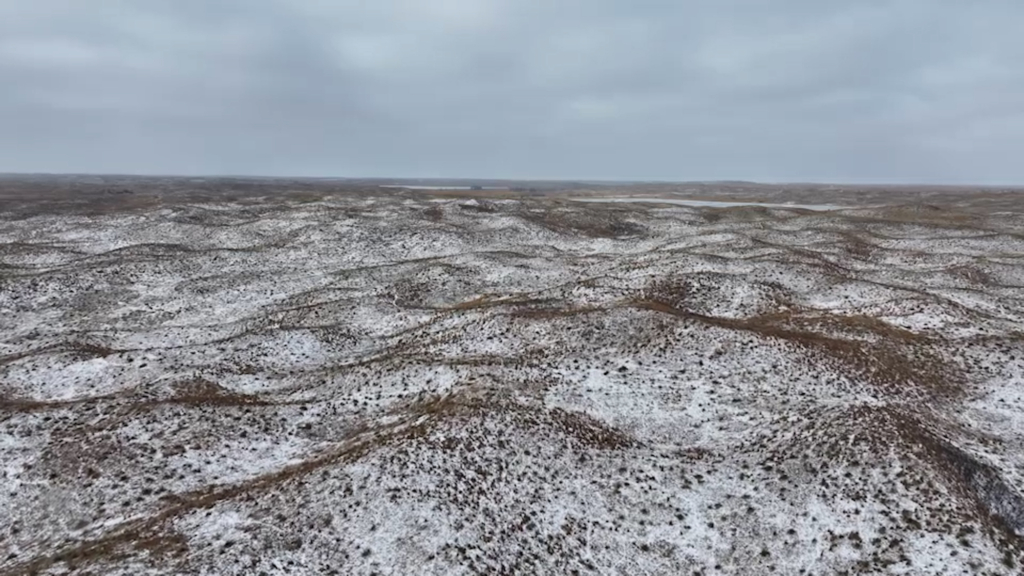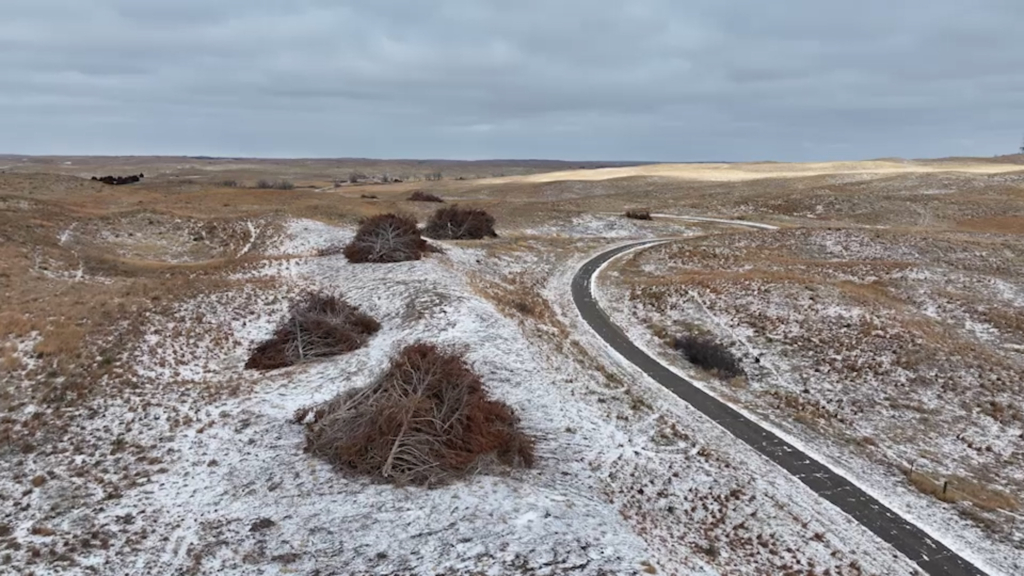 Nebraska’s Sandhills are a 19,300 square mile grass-stabilized, sand dune formation. Despite the semi-arid climate this landscape contains an abundance of lakes, wetlands, wet meadows, and spring-fed streams scattered throughout 12 million acres of grasslands. Grassland conversion to cropland is limited because of the sandy soil. However, invasion by Eastern Red Cedar continues at an unprecedented rate. A 2019 analysis by the University of Nebraska Lincoln documented a loss of 530,000 tons of herbaceous productivity because of woody encroachment. The seed sources contributing to this invasion are a result of nearly 100 years of cultural perception that planting Eastern Red Cedar is a critically important conservation practice for soil conservation and wildlife. Today the perception is changing, people recognize the importance of controlling Eastern Red Cedar to sustain economically viable ranches and promote desired habitat for a variety of grassland dependent wildlife whose populations have declined significantly
Nebraska’s Sandhills are a 19,300 square mile grass-stabilized, sand dune formation. Despite the semi-arid climate this landscape contains an abundance of lakes, wetlands, wet meadows, and spring-fed streams scattered throughout 12 million acres of grasslands. Grassland conversion to cropland is limited because of the sandy soil. However, invasion by Eastern Red Cedar continues at an unprecedented rate. A 2019 analysis by the University of Nebraska Lincoln documented a loss of 530,000 tons of herbaceous productivity because of woody encroachment. The seed sources contributing to this invasion are a result of nearly 100 years of cultural perception that planting Eastern Red Cedar is a critically important conservation practice for soil conservation and wildlife. Today the perception is changing, people recognize the importance of controlling Eastern Red Cedar to sustain economically viable ranches and promote desired habitat for a variety of grassland dependent wildlife whose populations have declined significantly
Public lands make up less than 3% of the Sandhills but are habitat cornerstones. The 71,515-acre Valentine National Wildlife Refuge (NWR) is in the north central portion of the Sandhills. The Refuge is one of those cornerstones with its’ mixed-prairie and wetlands supporting 270 species of birds, 59 species of mammals, and 22 species of reptiles and amphibians. As a result of tree plantings on the Refuge and on adjacent private lands Eastern Red Cedar has invaded the site for the last two decades.
Fortunately, the U.S. Fish and Wildlife Service (USFWS) was able to secure $1.3 million of funding for fuels reduction to begin to address woody encroachment on the Refuge. To quantify the extent of the woody encroachment the USFWS analyzed Light Detection and Ranging (LiDAR) to map individual trees and quantify canopy cover in different units. This data was used in a Request for Proposals to solicit mechanical removal of Eastern Red Cedar from the entire Refuge. Three different contractors were selected to complete the work with the cost ranging from $7/acre to $42/acre. The contractors started work in the fall of 2023 and today over 85% of the Refuge has been treated. The final contractor is expected to be finished by May 15, 2025. The next phase of this project will be grinding the hundreds of piles of trees that are scattered across the Refuge. The Refuge staff recognize the potential for reinvasion and have already begun planning an aggressive Prescribed Fire regime as well as follow-up surveillance and cutting activities.
 The work at Valentine NWR has served as a demonstration site of how large-scale grassland management can be implemented. These same activities are now being implemented on adjacent private lands with a goal of clearing Eastern Red Cedar between Valentine NWR and U.S. Forest Service’s Samual R. McKelvie National Forest/grassland. Over 45,000 acres have been mechanically cleared at Samual R. McKelvie. These projects represent one of the largest footprints in the nation, highlighting how grassland conservation can be scaled up across a public/private interface. These 250,000 acres of core grassland now provide optimal habitat for numerous priority grassland birds like Greater Prairie-chickens, Grasshopper Sparrows, and Western Meadowlarks. These are priority species as they have experienced significant population declines and range contraction so managing core grasslands like those in and around Valentine NWR is essential to maintaining viable populations.
The work at Valentine NWR has served as a demonstration site of how large-scale grassland management can be implemented. These same activities are now being implemented on adjacent private lands with a goal of clearing Eastern Red Cedar between Valentine NWR and U.S. Forest Service’s Samual R. McKelvie National Forest/grassland. Over 45,000 acres have been mechanically cleared at Samual R. McKelvie. These projects represent one of the largest footprints in the nation, highlighting how grassland conservation can be scaled up across a public/private interface. These 250,000 acres of core grassland now provide optimal habitat for numerous priority grassland birds like Greater Prairie-chickens, Grasshopper Sparrows, and Western Meadowlarks. These are priority species as they have experienced significant population declines and range contraction so managing core grasslands like those in and around Valentine NWR is essential to maintaining viable populations.



